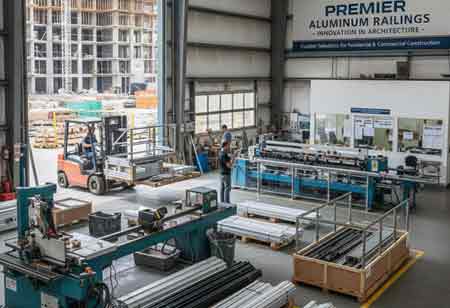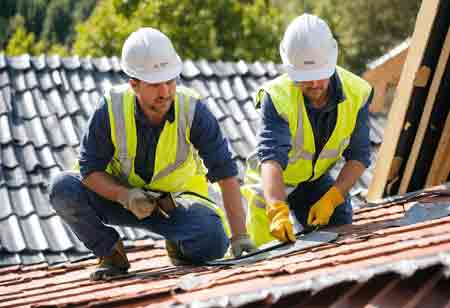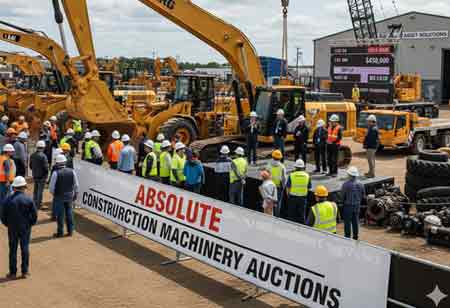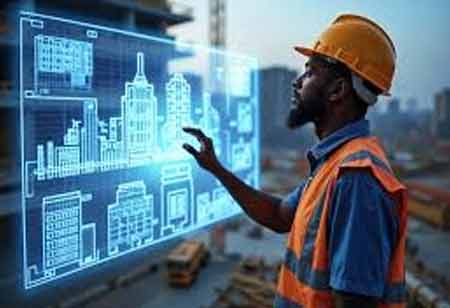Thank you for Subscribing to Construction Business Review Weekly Brief
Specials
- Apartment and Condominium Contractors Canada
- Decking Canada
- Architectural Glass Europe
- MEP APAC
- Construction Saudi Arabia
- German Apartment and Condominium Contractors
- Construction Law APAC
- Outdoor Construction
- Foundation Construction Canada
- MEP Canada
- Kitchen and Bath
- Cold Storage Construction APAC
- Precast Concrete Europe
- Construction Staffing Europe
- Pre-Construction Services
- Flooring System APAC
- Scaffolding Canada
- Swimming Pool Construction Canada
- Construction Management Canada
- Cold Storage Construction Canada
- Flooring Systems Europe
- Residential Construction
- Concrete Canada
- Construction Cladding Europe
- Construction Cladding APAC
- Concretes, Aggregates and Construction Materials APAC
- Concretes, Aggregates and Construction Materials Europe
- Commercial Contractors Europe
- Commercial Contractors APAC
- Dummy
- Construction Insulation, Coating and Waterproofing
- Construction Management APAC
- Landscaping Canada
- Construction Coating Europe
- Construction Tech Startups Europe
- Insulation Services Europe
- Mechanical Contractor Canada
- Mould Remediation and Testing Europe
- Swimming Pool Construction APAC
- Building Sealing Solutions Europe
- Construction Engineering Services
- Mechanical Electrical and Plumbing
- Roofing Systems Europe
- Architectural Glass APAC
- Startups APAC
- Construction Forensic and Owners Representative
- Flooring System
- Waterproofing APAC
- Wall Systems
- Safety and Compliance Europe
- Construction Bidding and Auctions
- Modular and Prefab Construction
- Architectural Glass
- Construction MENA
- Construction Demolition and Recycling Europe
- Modular Construction Europe
- Construction Interiors
- Steel Building APAC
- HVAC
- Doors and windows
- Construction Latam
- Building Information Modeling APAC
- Sustainable Construction APAC
- Building Restoration and Maintenance
- Commercial Contractors
- Specialty Construction
- Construction Engineering Canada
- Construction Engineering MENA
- Modular Construction Canada
- Modular Construction APAC
- Roofing and Siding Systems
- Workforce Management and Staffing
- Roofing Systems APAC
- Construction Consulting
- Steel Building Europe
- Construction Demolition and Recycling APAC
- Safety and Compliance APAC
- Concretes, Aggregates and Construction Materials
- Construction Cladding
Aluminum Railings in APAC's Construction Renaissance
The Asia-Pacific construction sector is transforming towards sustainable practices, emphasizing recyclable aluminum railings that enhance durability, reduce environmental impact, and support green building standards.

By
Construction Business Review | Wednesday, November 19, 2025
Stay ahead of the industry with exclusive feature stories on the top companies, expert insights and the latest news delivered straight to your inbox. Subscribe today.
The Asia-Pacific (APAC) region stands at the forefront of a global architectural renaissance. From the vertical density of Singapore and Hong Kong to the urban developments in Southeast Asia and India, the construction sector is undergoing a profound transformation. The narrative has shifted from pure expansion to "conscious construction," where the environmental footprint of every built square meter is scrutinized. In this new era, aluminum railings have emerged not merely as safety features or aesthetic additions, but as critical components in the sustainable building ecosystem.
Embracing the Circular Economy
At the heart of aluminum’s rising dominance in APAC is its alignment with the circular economy. Unlike traditional materials that degrade or require carbon-intensive replacement, aluminum offers a unique proposition: infinite recyclability.
The industry has successfully capitalized on the fact that recycling aluminum requires approximately 95 percent less energy than primary production. This statistic is reshaping procurement strategies across the region. Developers are increasingly sourcing railings manufactured from secondary (recycled) billets, effectively lowering the embodied carbon of their projects before the ground is even broken.
This "cradle-to-cradle" lifecycle is particularly potent in the APAC context, where rapid demolition and rebuilding cycles generate significant scrap. The industry has developed robust supply chains that treat old architectural aluminum not as waste, but as a strategic resource ("urban mining"), feeding it back into the production loop to create new, high-performance railing systems.
Architectural Integration: Function Meets Low-Carbon Design
Advancements in daylighting and passive design have enabled the use of slim aluminum profiles that accommodate expansive glass panels, maintaining safety while allowing unobstructed natural light to penetrate deeper into interior spaces—an essential factor in reducing reliance on artificial lighting. The growing adoption of Off-Site Manufacture and Design for Manufacture and Assembly, particularly in markets such as Singapore and Australia, has driven a shift toward modular prefabrication.
Aluminum railings produced in controlled factory settings and delivered as ready-to-install units help reduce on-site waste, limit dust and noise in dense urban areas, and enhance the precision of thermal breaks and surface finishes. Durability remains a critical requirement in tropical climates across the APAC region. The industry has addressed this by employing advanced, solvent- and VOC-free anodizing and powder-coating processes, safeguarding indoor air quality while providing long-term resistance to humidity, salinity, and weather-related degradation—thereby minimizing maintenance demands and extending product lifespan.
The material’s inherently high strength-to-weight ratio reduces structural loads, enabling more efficient use of supporting elements and lowering the embodied carbon associated with larger structural components. Continuous improvements in alloy formulations have also enhanced recyclability—modern aluminum railings can often be produced with a substantial proportion of post-consumer recycled content, aligning with circular-economy targets and green-building certification requirements.
In parallel, lifecycle assessment practices have prompted manufacturers to optimize thermal performance. Emerging railing systems incorporate thermally improved connectors and insulated mounting brackets that limit thermal bridging, helping maintain envelope integrity in both hot and temperate climates. From an operational perspective, standardized system components simplify maintenance protocols and enable selective part replacement rather than a full-system overhaul, further reducing material consumption over the product's lifespan.
Stakeholders are also increasingly prioritizing safety and regulatory compliance. Contemporary railing designs integrate advanced load-testing methodologies, wind-resistance modelling, and compliance with updated fire-safety codes—vital in high-rise residential and mixed-use developments across rapidly urbanizing regions. Together, these technological and regulatory advancements position modern aluminum railing systems as a key contributor to sustainable, durable, and high-performance architectural design.
Sustainability-Driven Specification in Modern Rail Systems
The adoption of aluminum railings is gaining momentum as green building standards worldwide become increasingly stringent. Certification and internationally recognized programs, including LEED and BREEAM, have established credit-based frameworks that prioritize environmentally responsible material selection. In response, aluminum railing manufacturers have aligned their product portfolios with these requirements by offering Environmental Product Declarations (EPDs), which provide transparent, third-party verified assessments of life-cycle environmental performance. Projects benefit from credits tied to high recycled content, reduced transportation emissions through regional sourcing, and favorable Life Cycle Assessment (LCA) outcomes that demonstrate aluminum’s long-term durability and reduced carbon footprint over several decades. As a result, the specification of railing systems has evolved into a data-driven evaluation of sustainability metrics rather than a purely cost-based decision, reinforcing aluminum’s position as a preferred solution for developers pursuing high-tier certification outcomes such as Gold or Platinum ratings.
The manufacturing side of the industry is witnessing a revolution in energy sourcing. Smelters and extrusion plants across the APAC supply chain are increasingly transitioning to renewable energy sources. The production of "Green Aluminum"—metal produced using hydroelectric or solar power rather than coal-fired electricity—is becoming a premium standard.
Advancements in alloy formulation have also enabled thinner, lighter profiles that retain the same structural integrity as their heavier predecessors. This "dematerialization" reduces the total weight of the building facade, which in turn reduces the structural load and the amount of concrete and steel required for the building's foundation—a ripple effect of sustainability that starts with the railing.
The aluminum railing industry in APAC has successfully transitioned from a commoditized sector to a solutions-driven partner in the green building movement. By leveraging the material's intrinsic properties—recyclability, durability, and lightness—and combining them with modern manufacturing and regulatory compliance, the industry has secured its place in the future of construction.
As the region continues to urbanize, the aluminum railing stands as a testament to the philosophy that sustainable building need not compromise safety or beauty. It suggests a future where the skylines of are defined not just by their height, but by the intelligence and responsibility of the materials that represent them.





